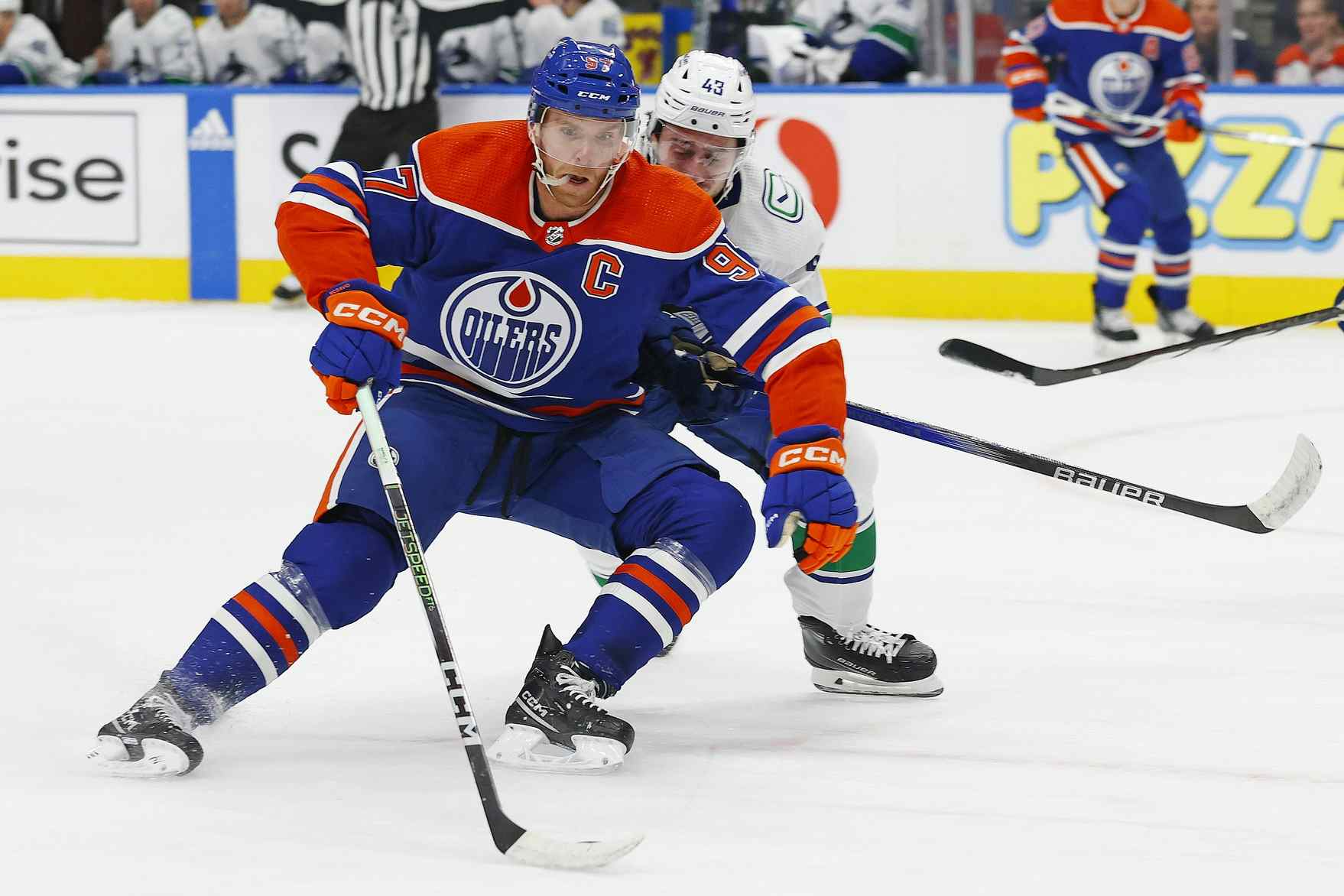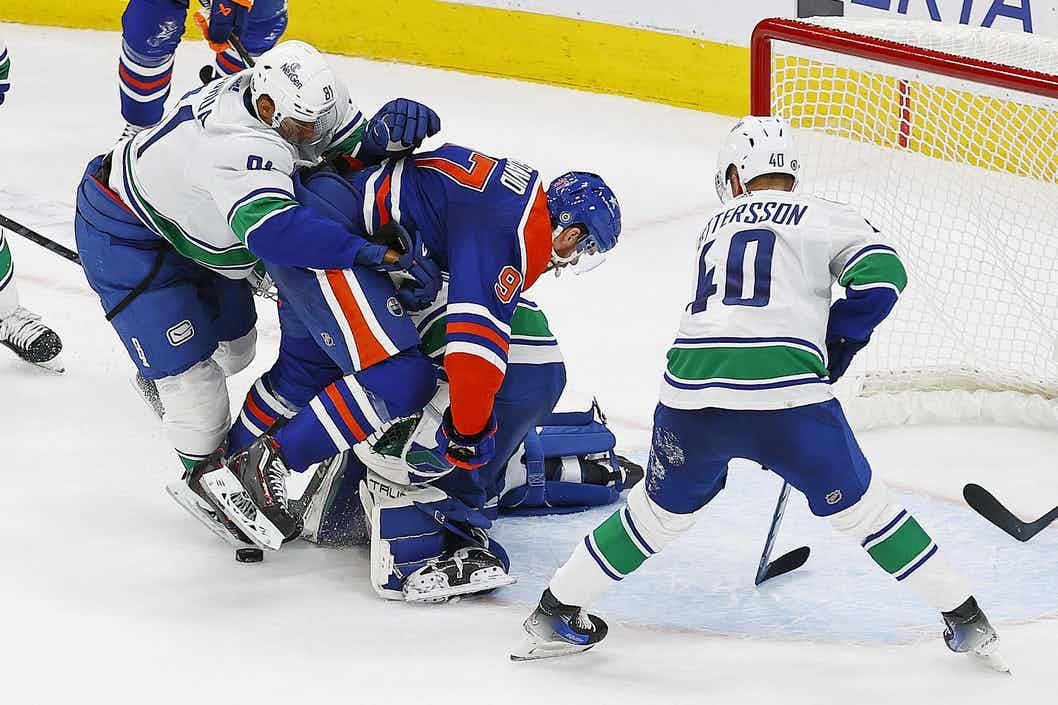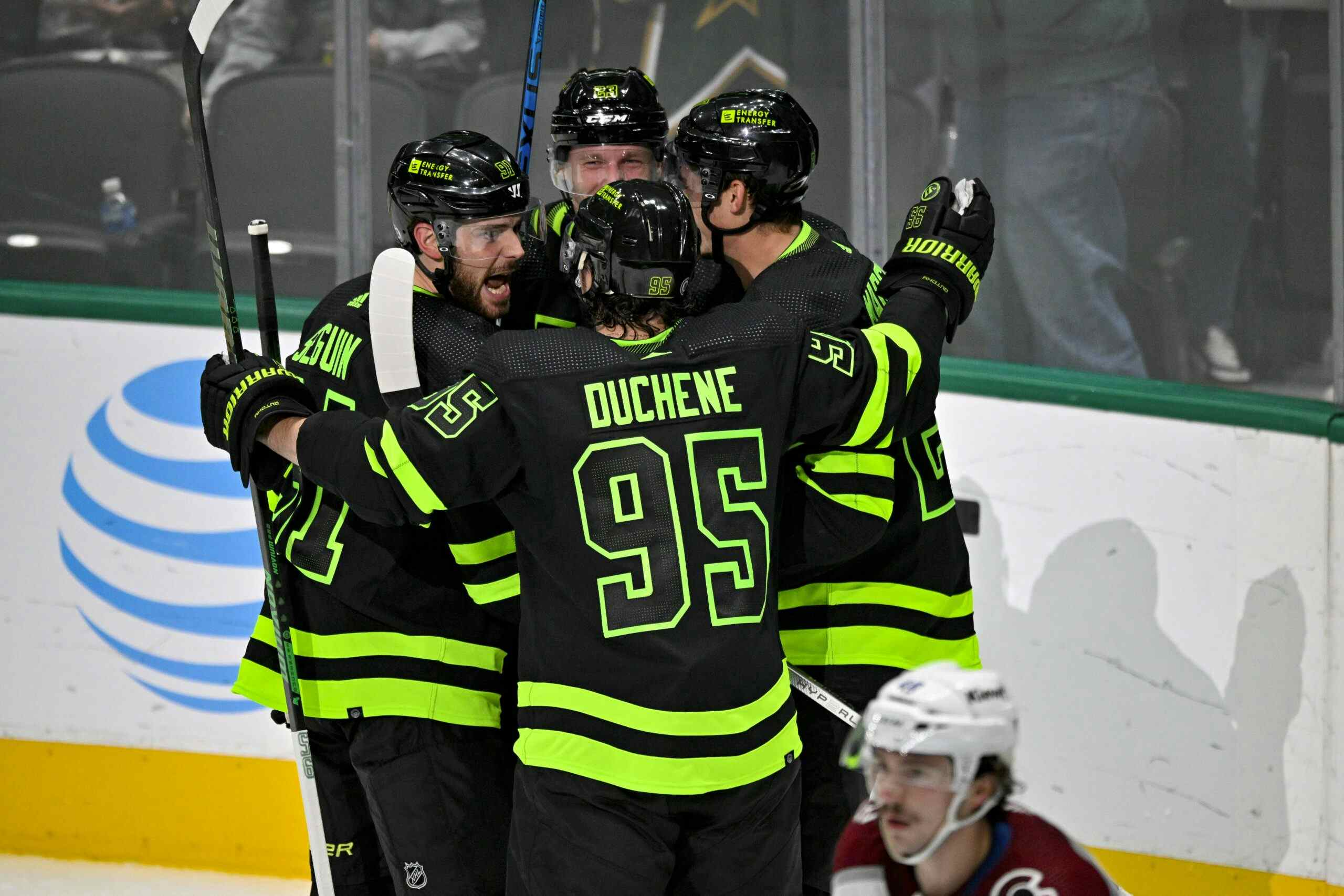Bob Green putting an emphasis on making late round picks matter
By Jason Gregor
7 years ago
The Oilers haven’t uncovered many impact players outside the first round over the past decade, and Director of Player Personnel, and the man with the final say on draft day, Bob Green, is planning on changing it.
The Oilers have uncovered a few solid players outside the first round in the last six drafts, and it is still too early to tell how many more might pan out. Brandon Davidson (sixth round in 2010) and Tobias Reider (fourth round in 2011) have emerged as solid players. Jujhar Khaira (third round 2012) and Erik Gustaffson (fifth round 2012) and Anton Slepyshev (third round 2013) have already played 15, 41 and 11 NHL games respectively. They have some potential.
The fact Reider and Gustaffson are playing for other NHL teams is not the fault of the amateur scouts. Their job is to make the right picks, after that it is up to management and coaching to develop them.
It is pointless to bemoan the Reider trade or the mistake of not signing Gustafsson to a contract and allowing the Blackhawks to sign him. Peter Chiarelli didn’t make those decisions. Those mistakes are on previous GMs.
Chiarelli has put Green in charge of the draft and it is up to Green to make some good picks. Green and the Oilers interviewed over 80 draft eligible players at the recent draft combine and he explained why they spoke to so many players.
“We’ve
really put an importance on making better picks later, or trying to get more
players later (who end up playing pro),” said Green.
really put an importance on making better picks later, or trying to get more
players later (who end up playing pro),” said Green.
“And in order to do that we have to know those kids
better. We have to uncover more on them because a lot of the kids that are
picked later, really, there is a reason why. They have a flaw in one part of
their game or another, and you really want to get a sense of how hard they’re
going to work at it and whether or not they recognize the shortcomings in their
game and whether or not they’re going to do the work to overcome those things.
So whether you’re talking to the guy who is ranked first overall or a hundred-and-fiftieth, if
you want to try to find a player later, you have to get down to business and
talk to these kids and find things out,” explained Green.
better. We have to uncover more on them because a lot of the kids that are
picked later, really, there is a reason why. They have a flaw in one part of
their game or another, and you really want to get a sense of how hard they’re
going to work at it and whether or not they recognize the shortcomings in their
game and whether or not they’re going to do the work to overcome those things.
So whether you’re talking to the guy who is ranked first overall or a hundred-and-fiftieth, if
you want to try to find a player later, you have to get down to business and
talk to these kids and find things out,” explained Green.
Currently the Oilers own eight picks in the 2016 draft. They have the fourth pick, the 32nd, three third rounders (Anaheim and Pittsburgh), two 5fih rounders (Vancouver) and their own sixth and seventh. Most of these picks likely won’t help the team for at least three seasons, but Green and company need to a strong choice at #32, and then find a steal or two later in the draft.
I believe the first round has become the most over-hyped day of the NHL season. The top picks are important of course, but why teams take so long to make their first round pick, but then go rapid-fire on day two of the draft is very strange to me.
You build organization depth on day two of the draft, and while there is probably a bit more luck on day two (many uncontrolled variables between development, health, focus, commitment, physical growth), I’ve always found it a bit odd how much more time is spent on picks #15-30 compared to #31-60 and so on.
Green discussed what he looks for in the later rounds.
“It’s not an exact science by any stretch, but I like to look
at the kids that are developed a little less physically right now. I like to
look at that as potential because, myself personally, I grew later. I was still
growing when I was eighteen. I know that
potential is there in a lot of these kids. Not all of them are going to grow,
but you get a pretty good sense of who is,” said Green.
at the kids that are developed a little less physically right now. I like to
look at that as potential because, myself personally, I grew later. I was still
growing when I was eighteen. I know that
potential is there in a lot of these kids. Not all of them are going to grow,
but you get a pretty good sense of who is,” said Green.
Does a player’s birthday matter as much as some think?
“To
me a good player is a good player whether they’re a late birthday or a regular
birthday,” said Green. “You see it on the possible draft lists and everything else, guys like
[Auston] Mathews, [Matthew] Tkachuk, those guys are tremendous hockey players.
I really don’t think that their birthday has a bearing on it. I think that
they’re going to be good players moving on,” continued Green.
me a good player is a good player whether they’re a late birthday or a regular
birthday,” said Green. “You see it on the possible draft lists and everything else, guys like
[Auston] Mathews, [Matthew] Tkachuk, those guys are tremendous hockey players.
I really don’t think that their birthday has a bearing on it. I think that
they’re going to be good players moving on,” continued Green.
Green has been scouting a long time so I asked him what is the difference when scouting and drafting defencemen compared to forwards. Why are most of the best forwards taken early, whereas many top D-men are taken outside the top-ten picks, and even the first round?
“It is tougher to hide a defenseman when he comes in and plays than
it is a young forward. I think that you can have a younger forward playing
somewhere in your top twelve and you can nurture him and you can move him along
a little bit and develop him a lot easier than you can with a defenseman. It’s
hard to hide a guy in your six.
it is a young forward. I think that you can have a younger forward playing
somewhere in your top twelve and you can nurture him and you can move him along
a little bit and develop him a lot easier than you can with a defenseman. It’s
hard to hide a guy in your six.
“In today’s game you’ve got to play every
guy because of the speed of the game and how hard these guys play. It’s
tough to play with short benches over the course of the full season. Defence is a tough position to play, you’ve got to be really, really
patient with young defensemen. You don’t know how these kids are going to
react to the pressure of the NHL forecheck and the way that guys come at them. They have to be very smart, you’ve got to have the skill to make the first
pass and transition now and there’s just a lot more to it (playing defence) than there used to
be,” said Green.
guy because of the speed of the game and how hard these guys play. It’s
tough to play with short benches over the course of the full season. Defence is a tough position to play, you’ve got to be really, really
patient with young defensemen. You don’t know how these kids are going to
react to the pressure of the NHL forecheck and the way that guys come at them. They have to be very smart, you’ve got to have the skill to make the first
pass and transition now and there’s just a lot more to it (playing defence) than there used to
be,” said Green.
I believe this year there is more risk drafting a D-man at #4 than a forward, because it is too difficult to determine with certainty if Olli Juolevi, Jacob Chychrun, Mikhail Sergachyov, Jake Bean or Dante Fabbro will become the best NHL defender. Teams will have a better feel on how the forwards — Jesse Puljujarvi, Matthew Tkachuk, Pierre-Luc Dubois, Alexander Nylander or Logan Brown — will transfer to the NHL.
While there is more risk, there might be more reward taking a defender, because a top-pair defender in today’s game often can impact the game more than top forwards, simply because they are on the ice more often.
It is the delicate and challenging balancing act of scouting.
It is a difficult job, and for Green and his staff they have placed as equal amount of focus on making the best selection in the later rounds as they do with the #4 overall pick. It is needed if the Oilers want to become competitive and remain competitive moving forward.
DRAFT GUIDE

If you want to know as much as you can about this year’s draft class then pick of the Hockey Prospect Black Book. They have features on over 400 prospects. They do extensive scouting on all the players in all the leagues. This year they have a regular edition (518 pages) or the Team edition (674 pages).
It is the most intense draft coverage I’ve seen. They don’t just write one sentence on a player. They outline in three, and sometimes four paragraphs, the strengths, and areas to improve, of each player.
It is fantastic if you want to know as much as you can about this year’s draft class.
Recently by Jason Gregor:
Recent articles from Jason Gregor





